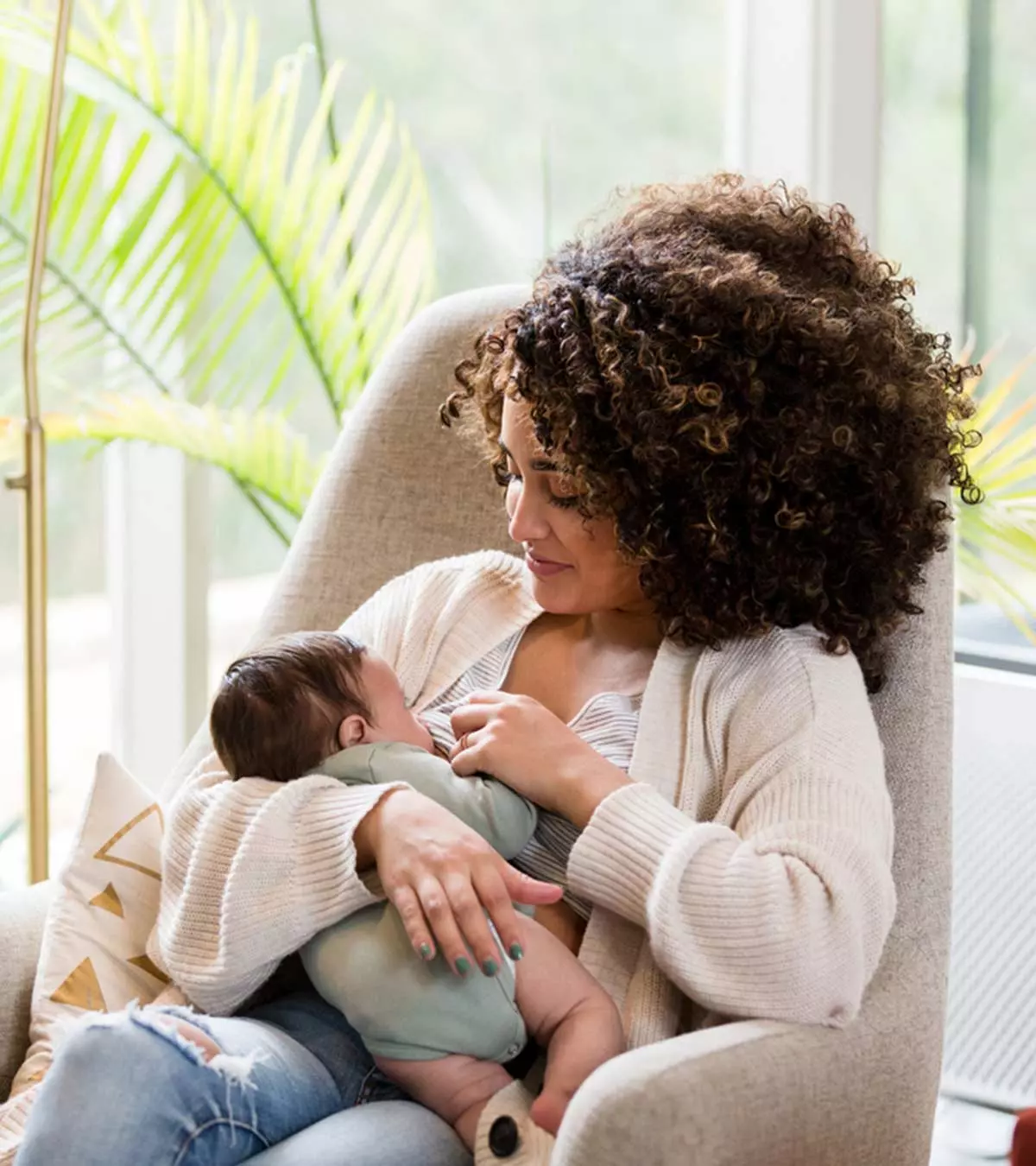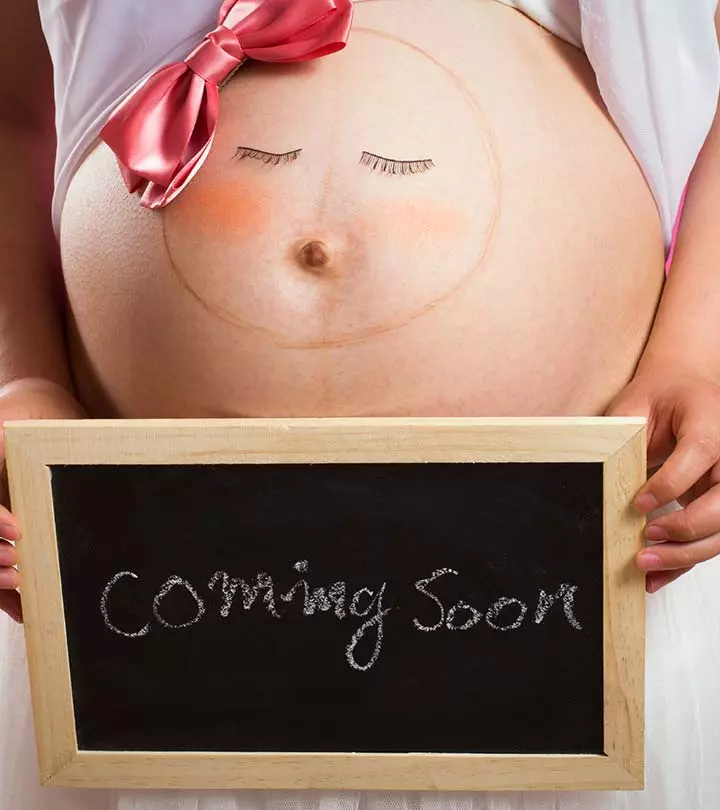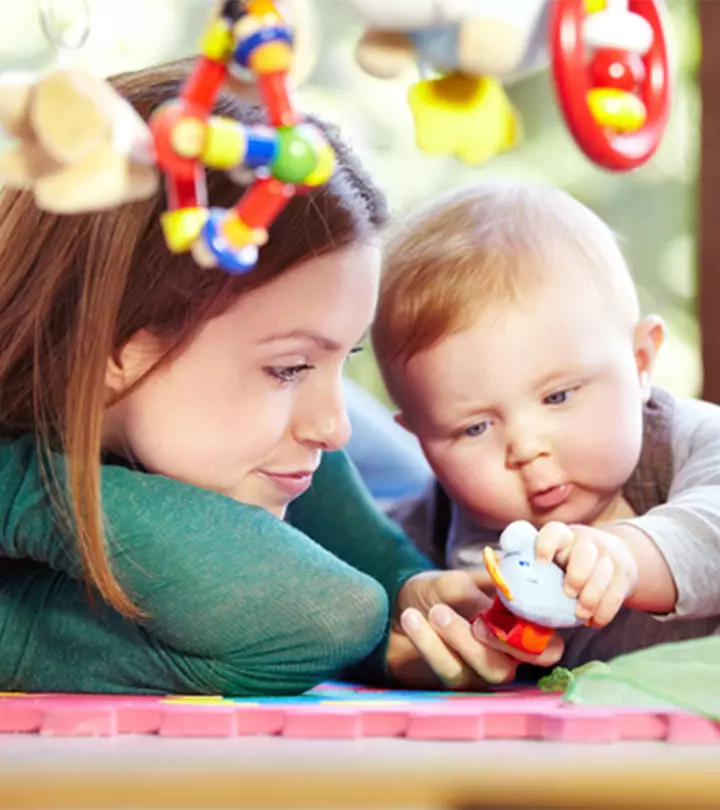

Image: Shutterstock
C-section to many women comes as a blessing in comparison to the excruciating labor pain. Not that the scars from incision are painless, but for the enormous progress that the field of pharmaceuticals or medicine that has made today offers you some amazing painkillers and antibiotics for a quick recovery. So, yes, it’s ‘technically’ pain-free (more-or-less). However, as you read through what’s to follow after a C-section, you may rethink if natural birthing is still worth the pain.

1. Mobility Will Be A Hassle
Few hours after the C-section, there may be instances when you will have to a bit up and about – like when they ask you to get up and sit in the wheelchair, or when you are being shifted to a ward. This is a painful move. Your nurse will help you, but this is not going to be easy. Thanks to the powerful modern painkillers to manage the feat, however. You can now begin walking within the first week after surgery. Additionally, you may need your nurse’s help to position yourself on your back and hold the baby when it’s time to breastfeed while you are at the hospital. And what’s more, for the first one or two days, you will be on catheterisation, so forget to be mobile around this time.
2. You Must Not Exercise Physical Strain
Earlier there was a restraint of about six months of not too much physical activity. You should not climb staircases, bend or lift weights. If your doctors have adopted the latest techniques, you might as well be asked to start cycling three months after your C-section. While walking is recommended for sure, ask your doctor if he gives you the green signal for other activities such as cycling.
3. When To Resume Showers Or Baths
The modern soluble stitches allow for bath almost a day or two after the C-section. But you need to confirm this with your doctor. If your incisions have been sealed with traditional stitches, that would mean taking caution before you can have a shower. Traditional methods recommend that you keep your incision area dry to prevent any infection. In such a case you will have to cover the area with waterproof sheets well in place.
4. You Will Be On Pills For Few Weeks
While antibiotics will be prescribed, in few countries new mothers are also asked to take Calcium /Iron/ Multivitamin supplements. It may be a good idea as nursing mother requires more nourishment than usual as most of what she consumes goes to her baby. Your doctor might be able to advise you of this.
5. Breastfeeding Isn’t Easy
You may be given IV fluids, and therefore, you may not be breastfeeding all the time due to difficulty in holding your baby. Secondly the powerful anesthesia that is administered passes into mother’s milk. Therefore ‘rooming-in’ doesn’t happen immediately after the C-section. Several women who undergo C-section find it difficult to express their milk. It may take about 3-6 days to generate milk if the colostrum does not appear soon after the C-section. It takes a while for oxytocin to build up in cases of C-section. However, C-section moms are advised to keep breastfeeding as this also helps build oxytocin that in turn helps lactation. Mothers who are administered epidural instead of general anesthesia are usually able to hold the baby sooner and nurse him for a longer period initially.
6. Threat Of Infections
Since C-section means being on antibiotics for a while, there are chances for yeast outgrowth not only as vaginal yeast infections, but also in nipples or as thrush in baby’s mouth or diaper area. Mothers should be able to identify any abnormalities or symptoms so as to control the situation as early as possible. Not only this, if mothers are not careful with the incision stitches initially – remember there are layers of stitches inside – it could cause a life-threatening infections.
7. Bleeding
You bleed for days or weeks after C-section.
8. Bowel Movement
The first bowel movement could be painful. It’s usually a good idea that your doctor puts you on a laxative for easy bowel movement. If you strain your rectal muscles after C-section, it’s likely you will break the stitches in the womb which will be a major risk.
9. You May Have A Belly Flap
Many women have the belly flap hanging out above the incision area years after the C-section. That is, even after they have shed their excess weight or have used abdominal belts. And this normally doesn’t show unless you want to be a bikini sport.
10. Shaking
A lot of women shake uncontrollably after the surgery when the anesthesia loses its effect, and the body has calmed down.
11. C-Section Mom React Slowly To Baby’s First Cry
A study in 2008 revealed so. So while you may react slowly to your baby’s first cry in comparison to women who deliver vaginally, it does not mean that you will lack the bonding. The bonding will, of course, be natural and will grow with nursing.
If you have had a C-section, we would like to know your story. What were your postpartum experiences?
Community Experiences
Join the conversation and become a part of our nurturing community! Share your stories, experiences, and insights to connect with fellow parents.












